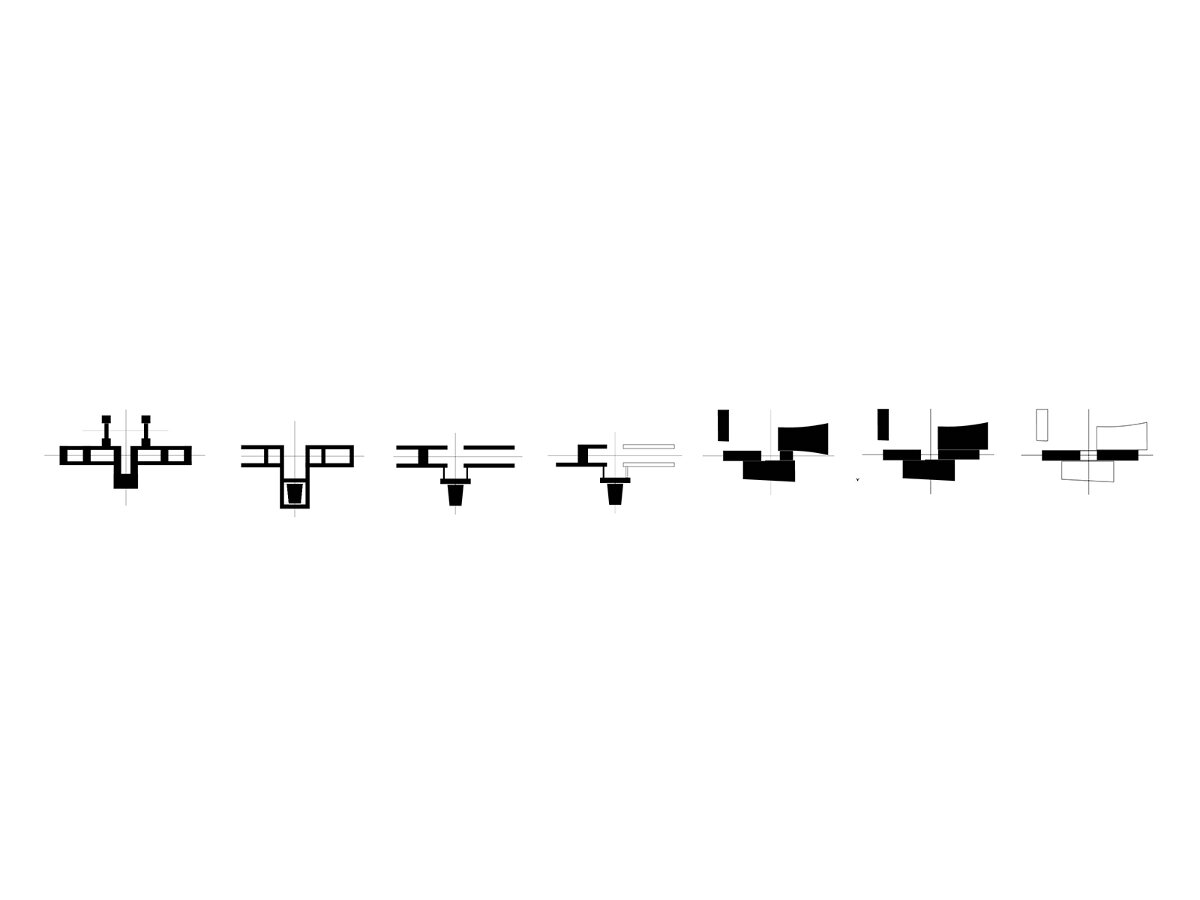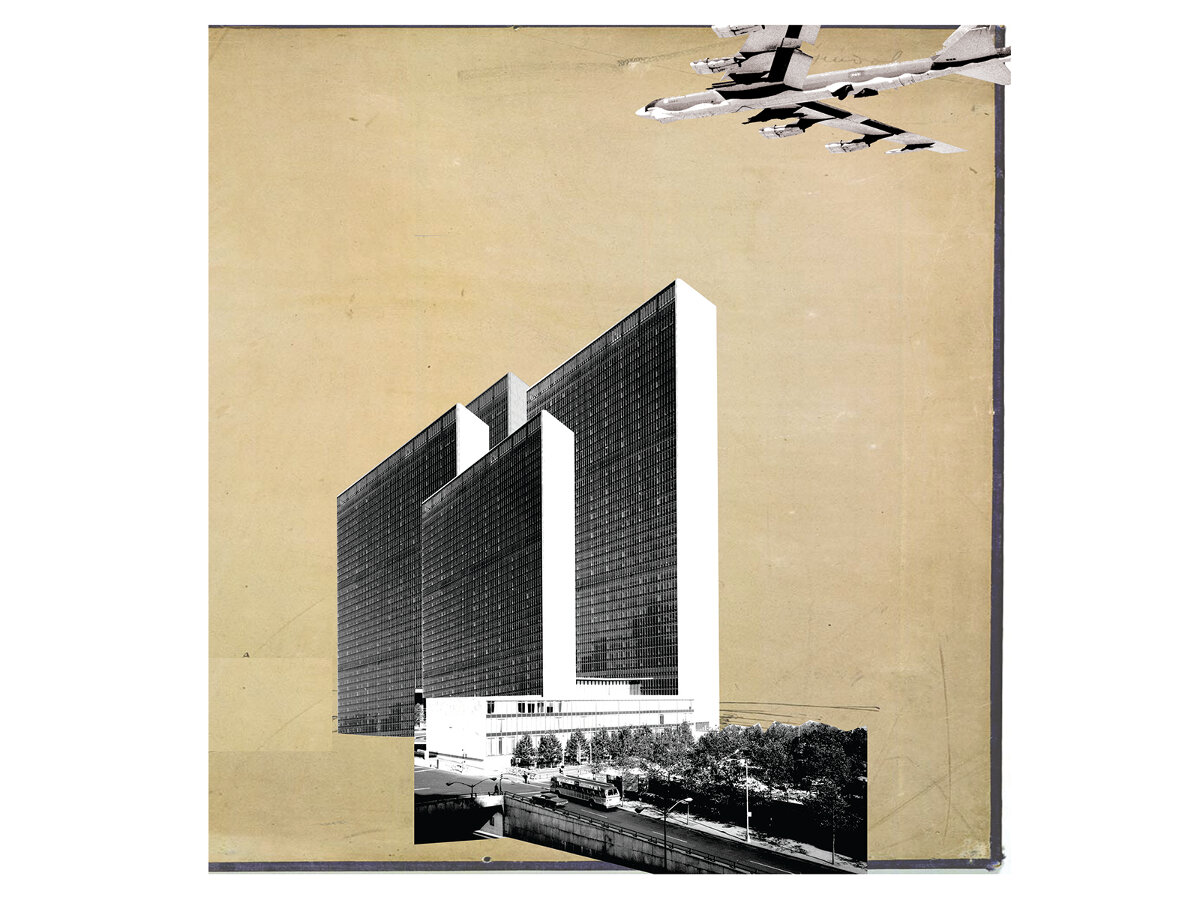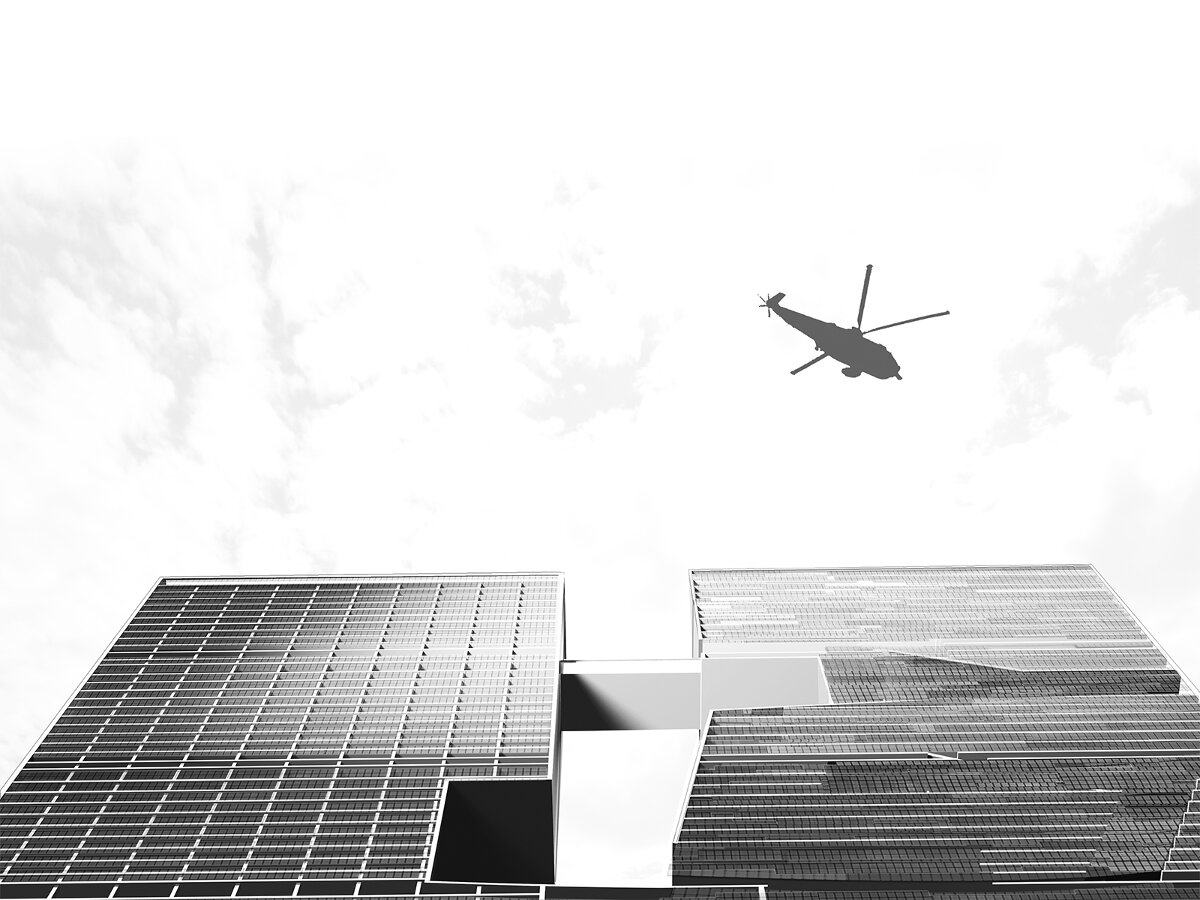
MONUMENTALITY REVISITED
An Update of the United Nations Headquarters, NY
New York, NY, USA
2007
Master’s Thesis, Princeton University School of Architecture
Martin Hättasch
When the United Nations Headquarters in New York were designed between 1947 and 1952, the architectural concept of ‘New Monumentality’ promised an adequate representation of an institution envisioned to be a democratic ‘world government’. The immediate legibility of its singular parts (assembly, secretariat, conference) with respect to their function within the institution supported the claim of a democratic monumental expression for a quasi-governmental institution. Now, 60 years later, the architectural expression of the elements has aged along with their functions. This project takes on the challenge of expanding the existing UN headquarters complex. The preconditions have changed - a UN in transformation has departed from the model of the quasi-governmental institution, in which each element finds its own articulation. In attacking the legibility of elements, yet preserving the iconic qualities of the object, my thesis makes a case for a new kind of contemporary monumental expression. Rather than the architectural claim for typological purity in the New Monumentality, this expression is based on the transformation of the most iconic element of the existing headquarters into a Complex figure. A variety of oscillating figural readings (void, object(s), circulation, and program) replace the clearly discernable constituents of the old complex with their singularity of readings.


